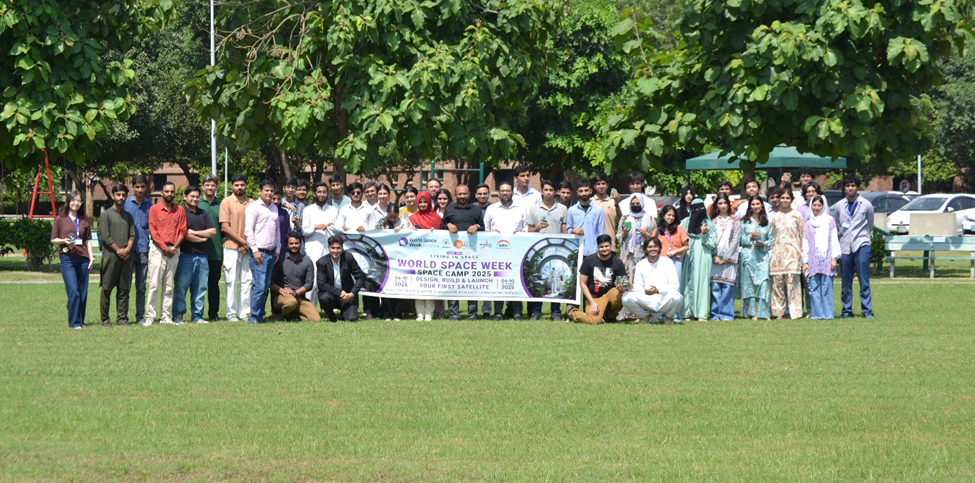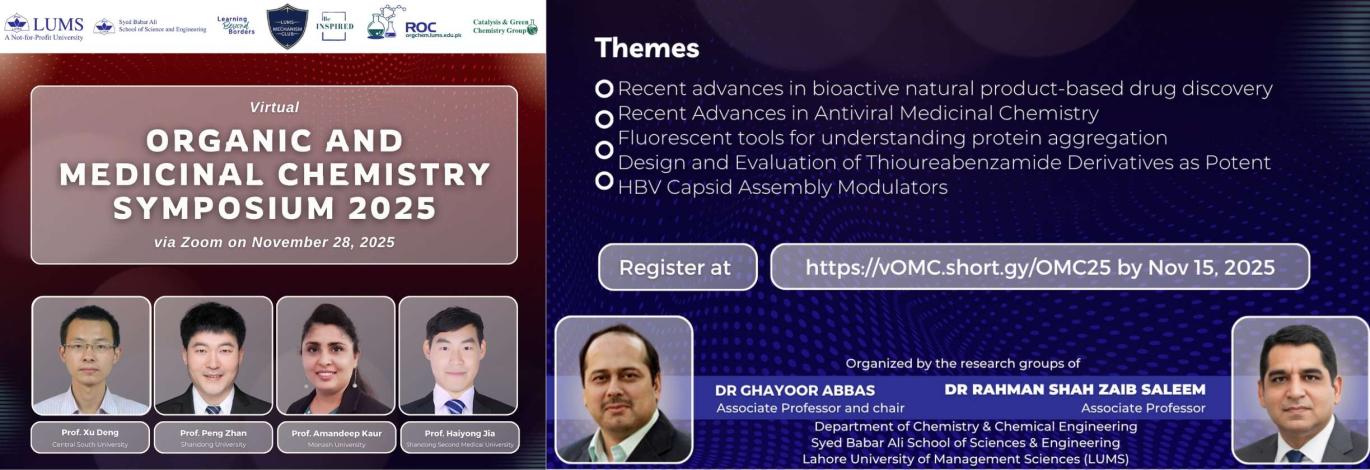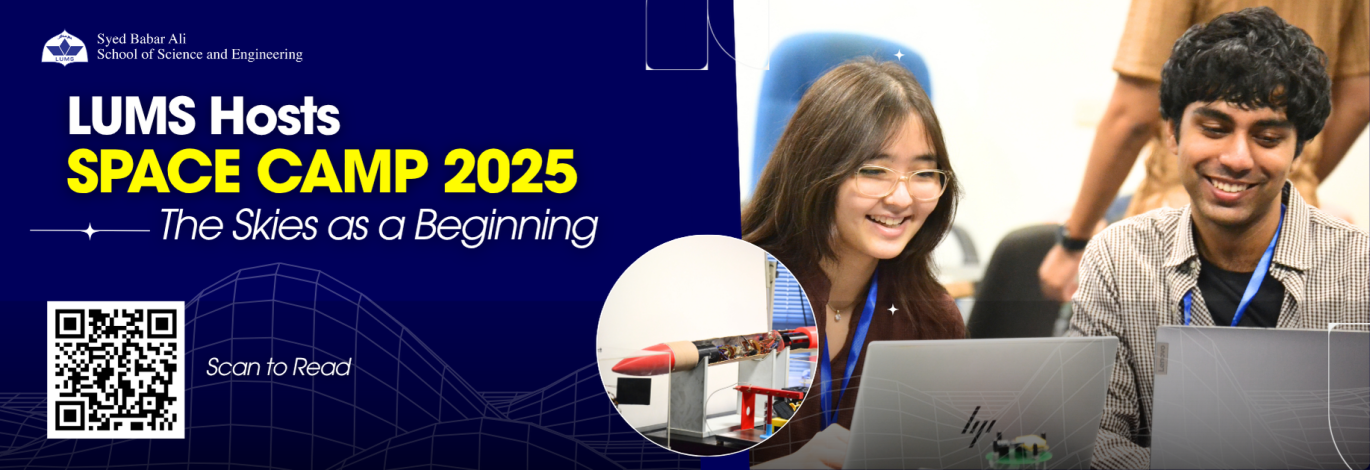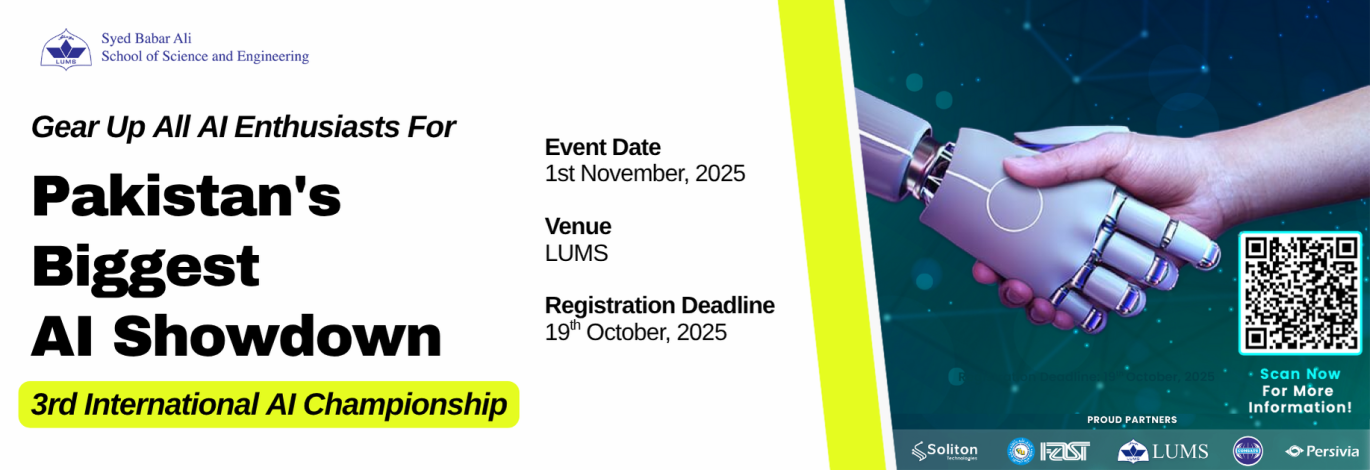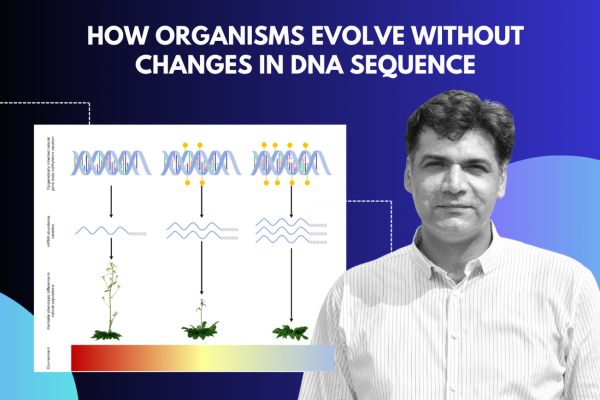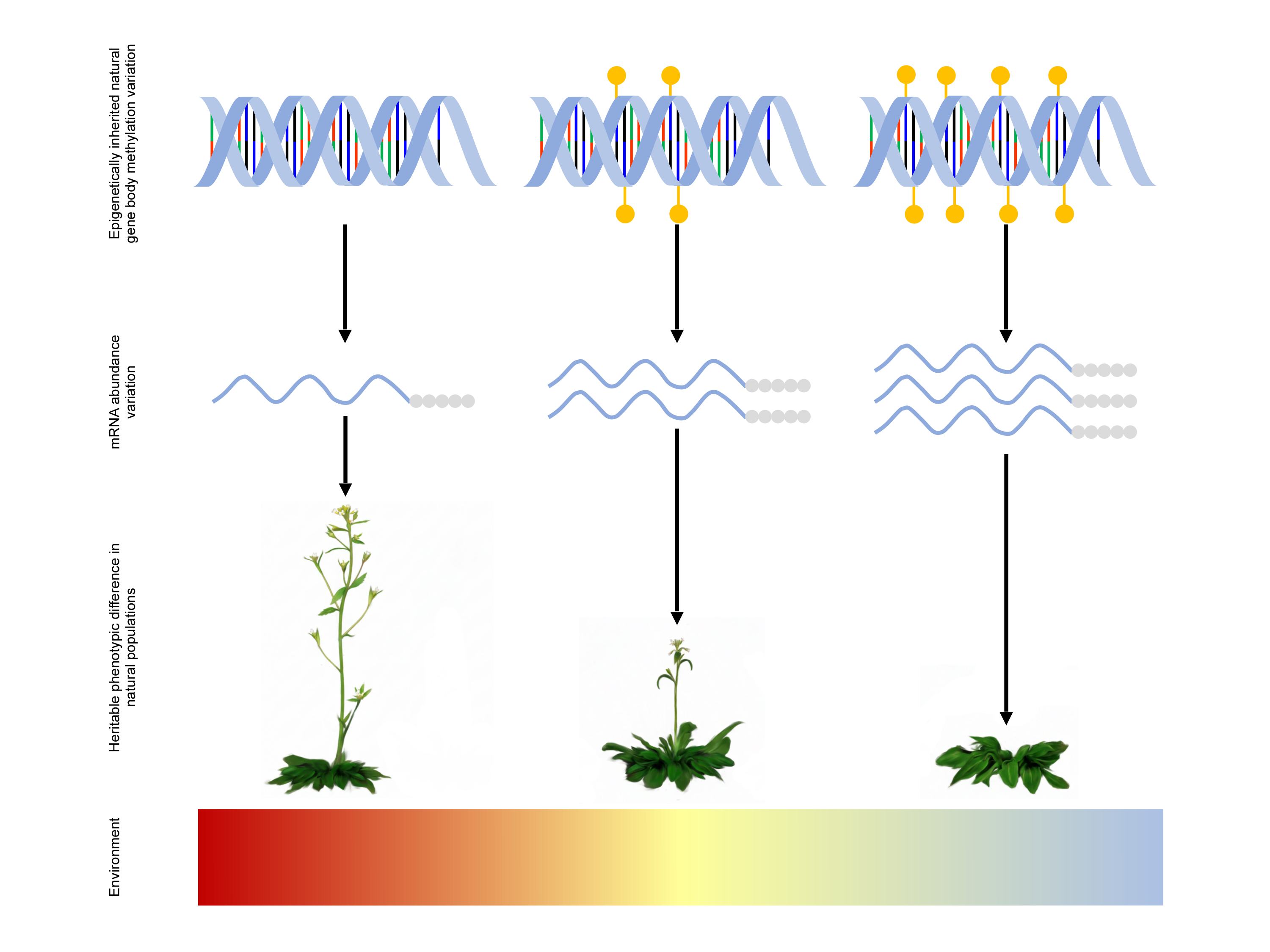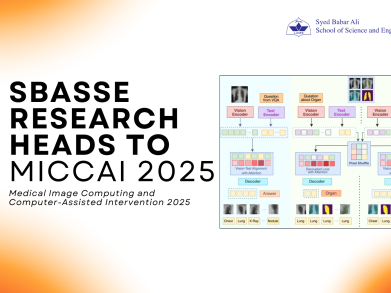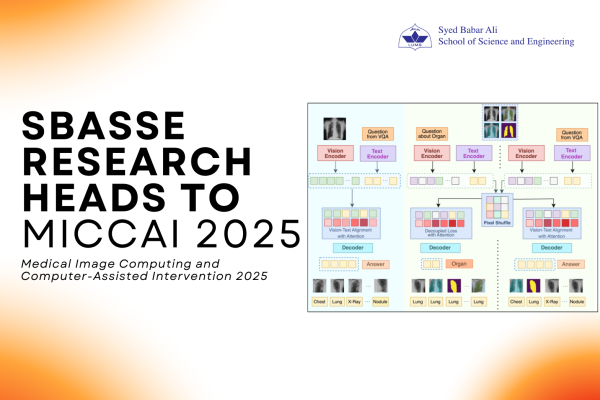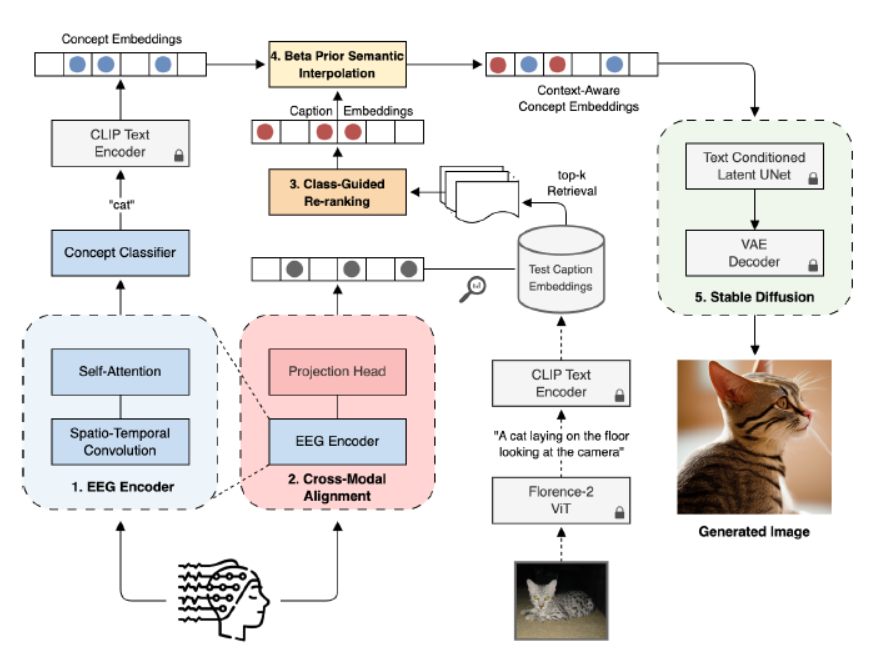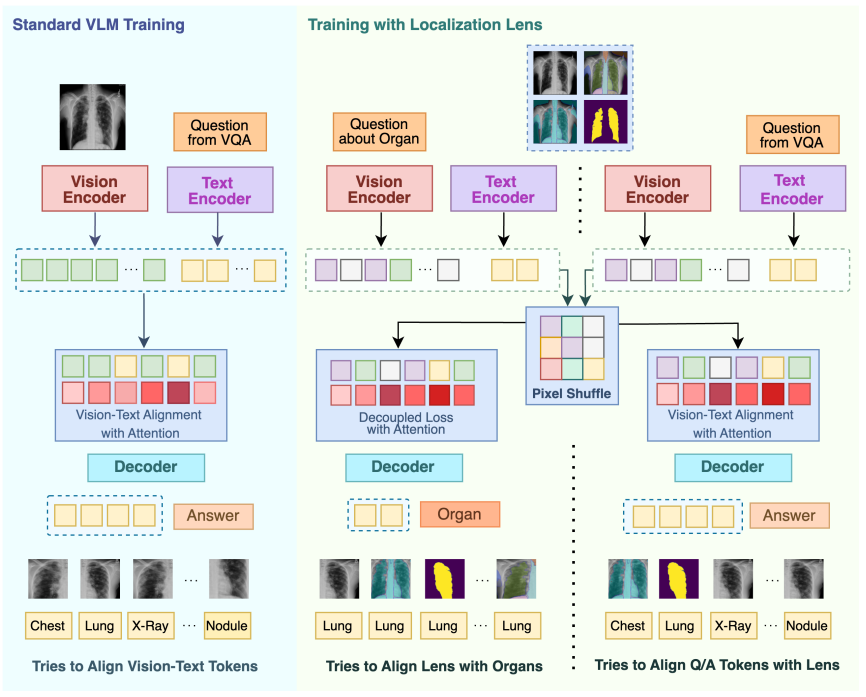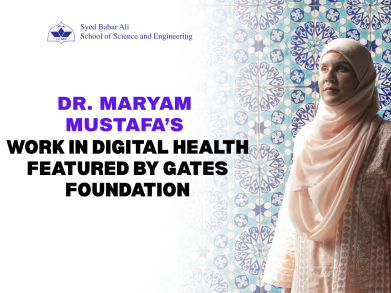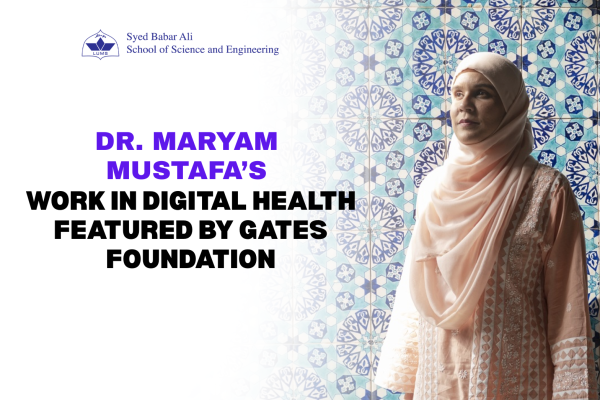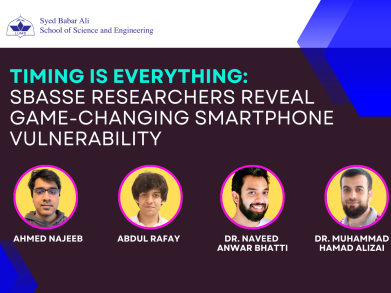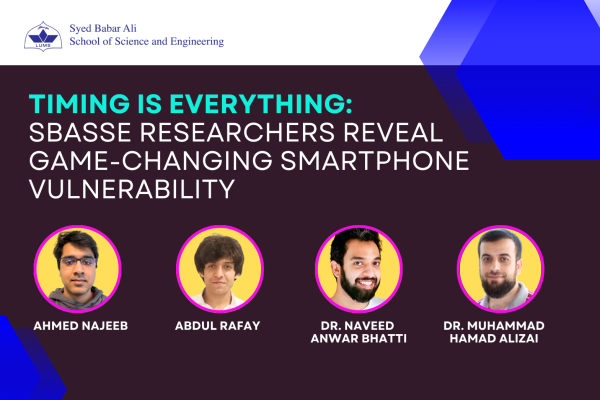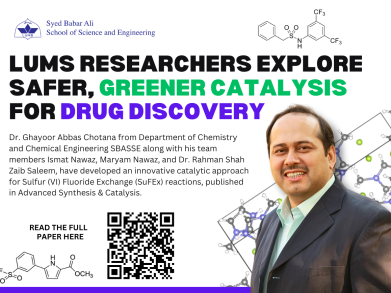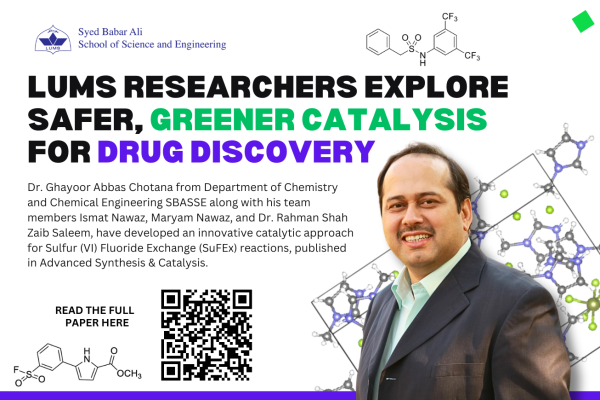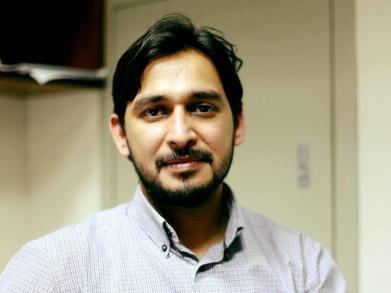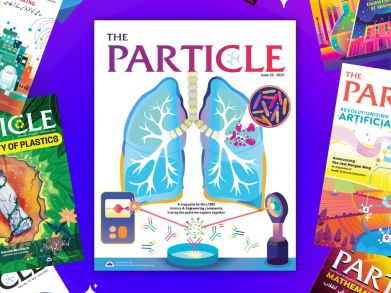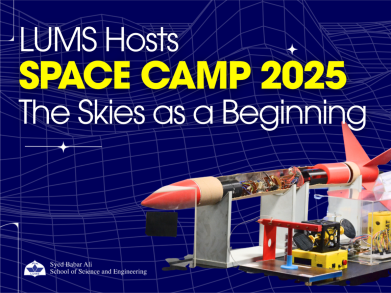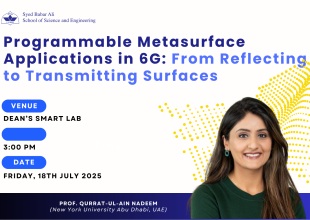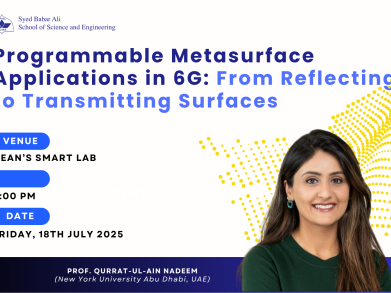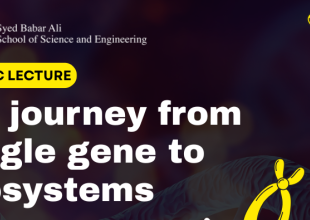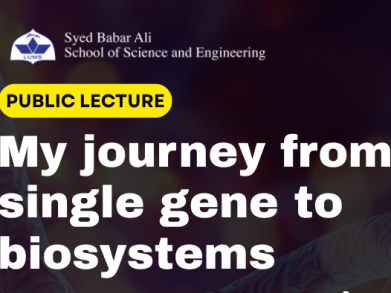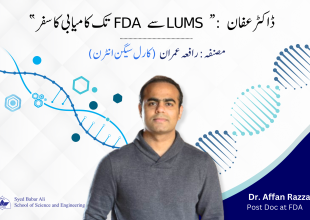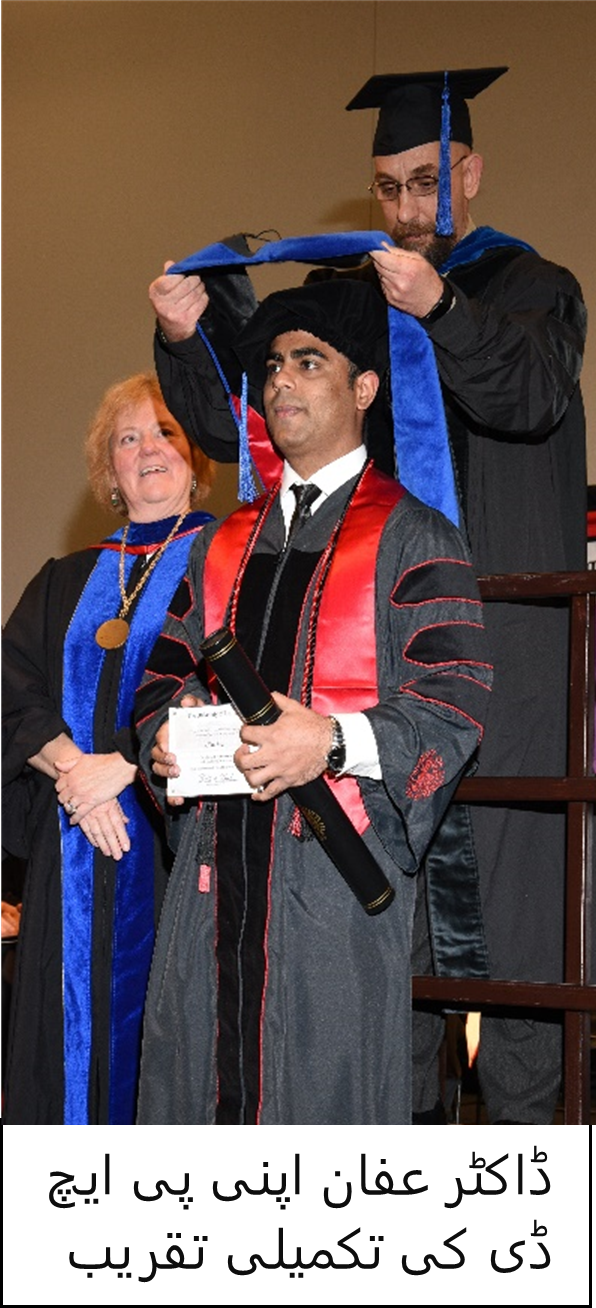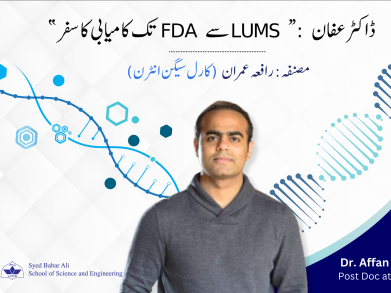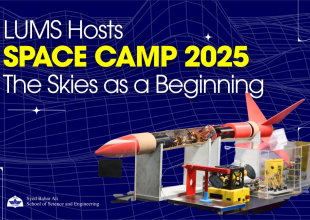
At LUMS, the skies were not the limit but the starting point. On 13–14 September 2025, the Syed Babar Ali School of Science and Engineering (SBASSE), in collaboration with SUPARCO, SPADES, the Department of Electrical Engineering, RESOLVE-SUPARCO, and the Space Research Center (SRC-UCP), hosted SPACE CAMP 2025, a first-of-its-kind training camp in Pakistan that placed the science of satellites directly into the hands of students. Sixty carefully selected participants arrived with curiosity and left with the experience of building and launching model satellites, decoding flight data, and working alongside the country’s leading space scientists.
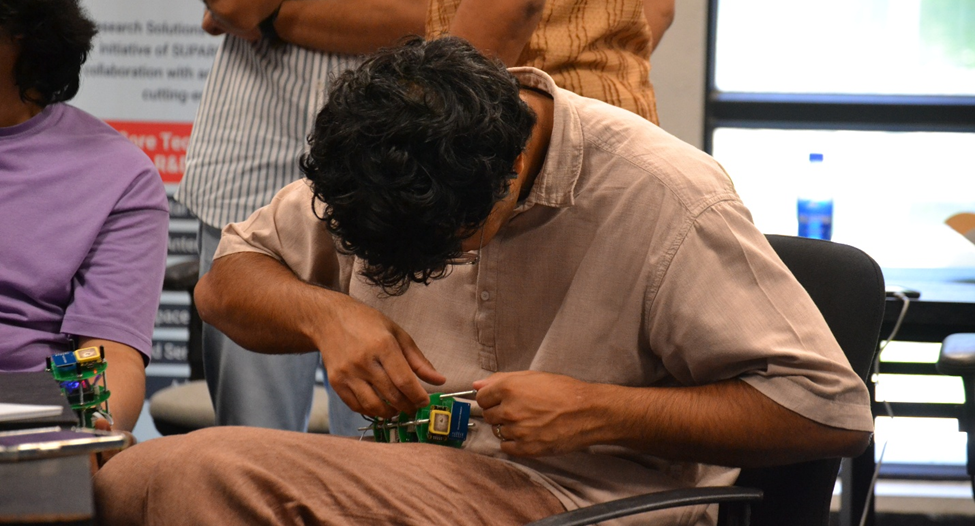
The camp offered a rare opportunity to follow the full lifecycle of a satellite, from design and assembly to launch and data analysis. With CANSAT and EYASSAT training kits, ground station setups, and flight model assemblies, students engaged in the intricate processes that underpin modern space missions.

"This is the kind of exposure we wished we had as students,” remarked a SUPARCO trainer, capturing the transformative nature of the experience.
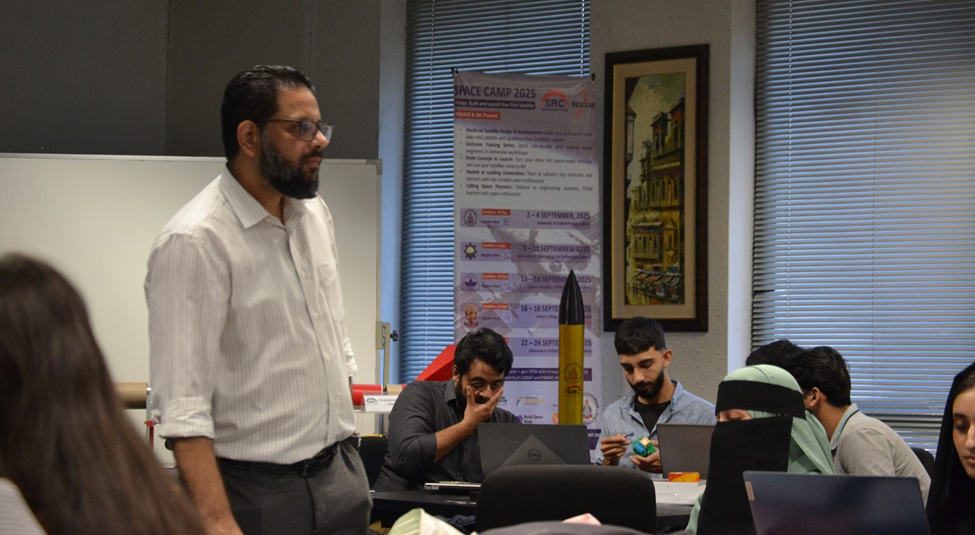
Guiding the participants were mentors who bridged theory and practice. From SUPARCO, experts including Dr. Muhammad Waseem, Mr. Ahsan Rafiq, Dr. Amad Ul Hassen, and Ms. Zahra Shuja Kazmi shared their expertise, while academic partners such as Dr. Kamran Saleem and Dr. Shakeel ur Rehman ensured the exercises were firmly rooted in scientific principles. Their combined mentorship not only strengthened technical skills but also encouraged students to imagine futures in aerospace, robotics, and satellite systems.
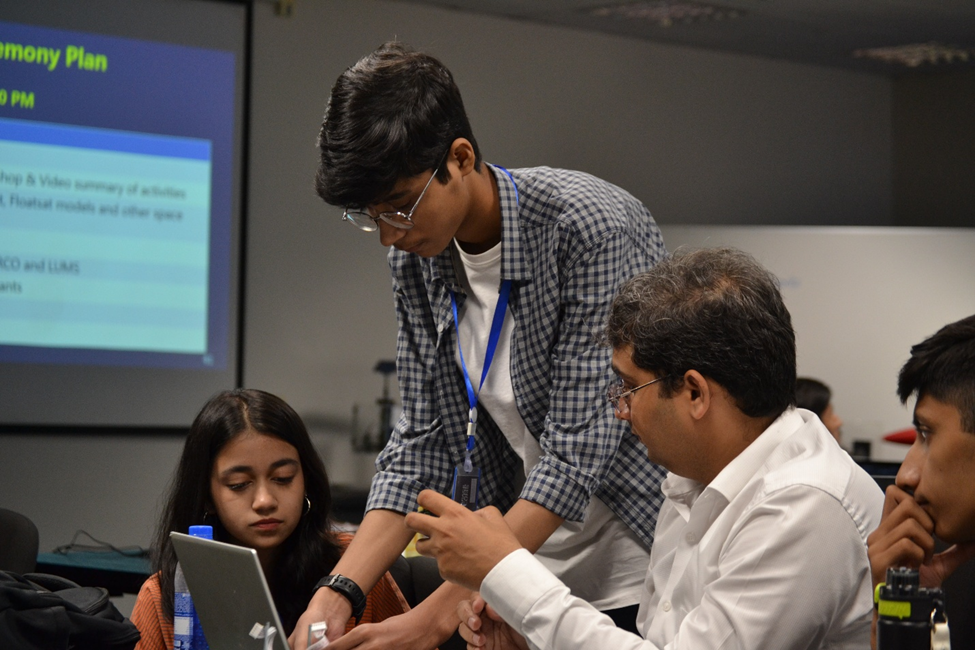
The closing ceremony carried both celebration and symbolism. The Director General of SUPARCO, Dr. Irfan Aslam, attended the event and presented souvenirs to LUMS leadership and faculty, including a historic image of the university captured by Pakistan’s first satellite.
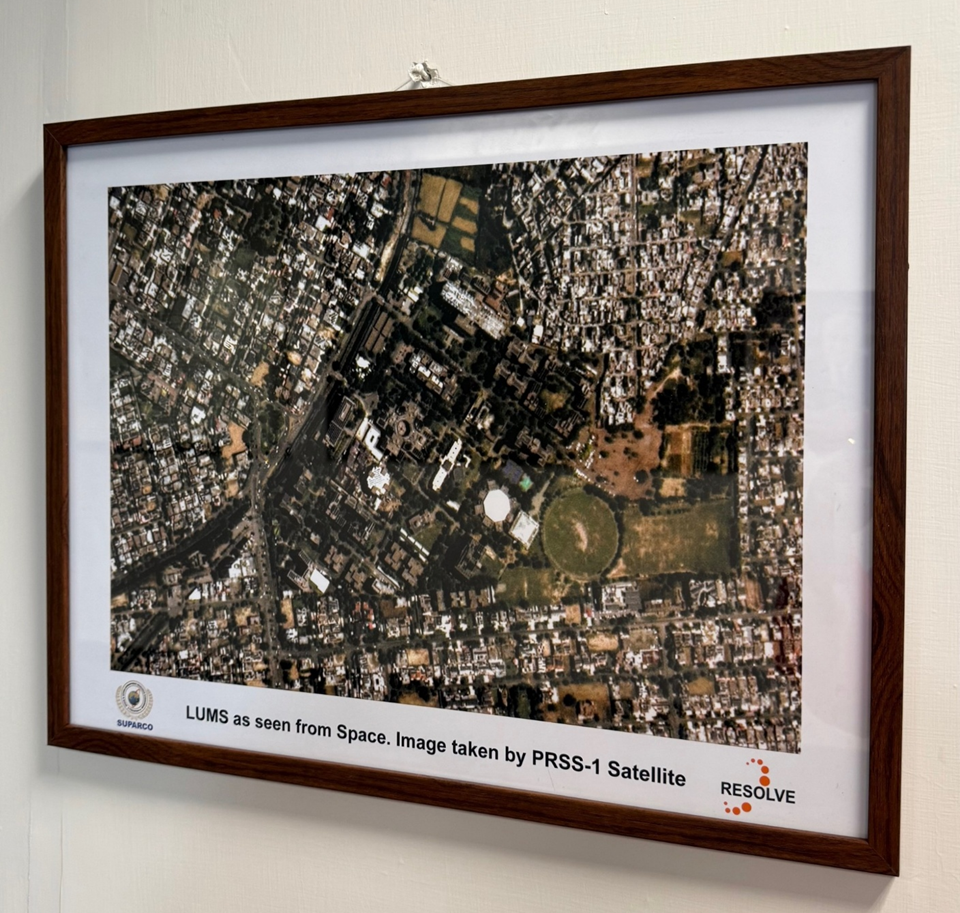
Certificates were also awarded to participants, recognising their successful completion of the programme and welcoming them into a growing community of young space enthusiasts.

The impact of SPACE CAMP 2025 extends well beyond its two days. For many, it was their first encounter with satellite hardware; for others, it was a moment of affirmation that their aspirations in space technology are both valid and achievable.
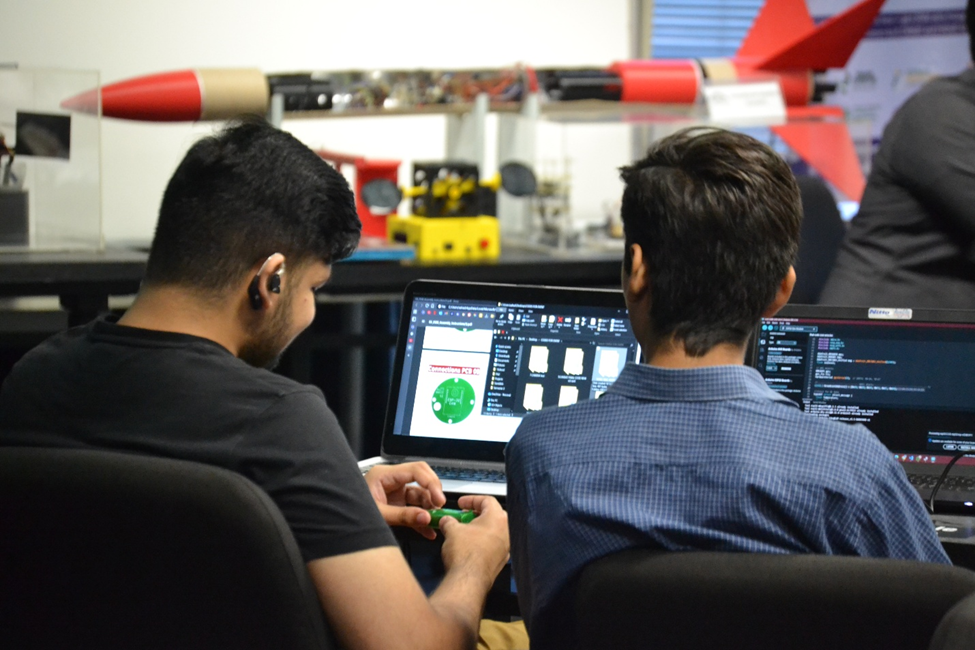
For LUMS, the camp reaffirmed its role as a national leader in science and innovation. By working with SUPARCO and its partners, SBASSE is equipping students with frontier skills while shaping Pakistan’s future in space exploration. And as the final prototype descended under its parachute during the camp’s closing simulation, it carried with it more than just data, it carried the aspirations of a new generation determined to reach beyond the horizon.
